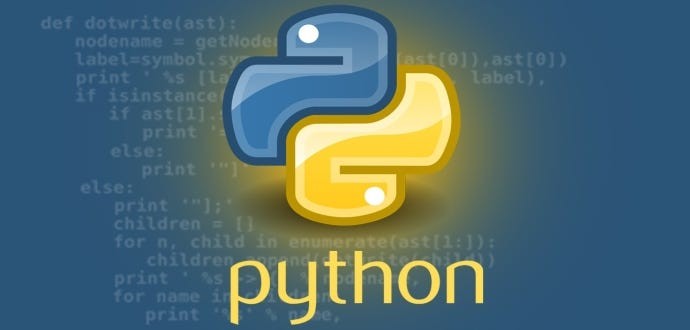Here is the Roadmap to Learn Python Programming Language:
1. Introduction to Python
- Overview of Python
- History and Evolution
- Why Python? (Use Cases and Popularity)
- Installation and Setup
- Python IDEs and Editors
2. Python Basics
- Variables and Data Types
- Basic Syntax and Structure
- Input and Output
- Operators (Arithmetic, Comparison, Logical, etc.)
- Comments and Documentation
3. Control Structures
- Conditional Statements (if, else, elif)
- Loops (for, while)
- Break, Continue, and Pass Statements
4. Functions and Modules
- Defining and Calling Functions
- Function Arguments and Return Values
- Lambda Functions
- Scope and Lifetime of Variables
- Modules and Packages
- Importing and Using Modules
5. Data Structures
- Lists
- Tuples
- Sets
- Dictionaries
- List Comprehensions
- Dictionary Comprehensions
6. File Handling
- Reading and Writing Files
- Working with Text and Binary Files
- File Modes and Operations
- Exception Handling in File Operations
7. Object-Oriented Programming (OOP)
- Classes and Objects
- Attributes and Methods
- Constructors and Destructors
- Inheritance (Single, Multiple, Multilevel)
- Polymorphism
- Encapsulation and Abstraction
- Magic Methods (Dunder Methods)
8. Exception Handling
- Understanding Errors and Exceptions
- Try, Except, Else, Finally Blocks
- Custom Exceptions
- Logging and Debugging
9. Advanced Python
- Generators and Iterators
- Decorators
- Context Managers
- Regular Expressions
- Working with Dates and Times
- Multithreading and Multiprocessing
10. Python Libraries and Frameworks
- NumPy for Numerical Computing
- Pandas for Data Manipulation
- Matplotlib and Seaborn for Data Visualization
- Flask and Django for Web Development
- TensorFlow and PyTorch for Machine Learning
- Requests for HTTP Requests
- SQLAlchemy for Database Operations
11. Working with APIs
- Understanding RESTful APIs
- Consuming APIs with Requests
- Creating APIs with Flask/Django
- Authentication and Authorization (OAuth, JWT)
12. Testing in Python
- Introduction to Testing
- Unit Testing with unittest and pytest
- Test-Driven Development (TDD)
- Mocking and Patching
13. Deployment and Best Practices
- Code Versioning with Git
- Virtual Environments
- Packaging and Distributing Python Code
- Continuous Integration/Continuous Deployment (CI/CD)
- Writing Clean and Pythonic Code (PEP 8 Guidelines)
14. Projects and Applications
- Beginner-Level Projects (e.g., Calculator, To-Do List)
- Intermediate-Level Projects (e.g., Web Scraper, Blog Application)
- Advanced-Level Projects (e.g., Machine Learning Model, REST API)
- Open Source Contributions






